1. Health Benefits Fueling Demand
Modern research has confirmed what traditional medicine has long known: garlic and ginger are nutritional powerhouses. Garlic, rich in allicin, is linked to improved cardiovascular health, immune support, and even antimicrobial effects. Ginger, with its active compound gingerol, is renowned for reducing inflammation, aiding digestion, and combating nausea.
The post-pandemic world has amplified demand for immune-boosting foods, with the global functional food market projected to reach $275 billion by 2025 (Source: Grand View Research). Garlic and ginger, as affordable and versatile ingredients, are at the forefront of this shift.
2. Culinary and Industrial Applications
Beyond supplements, garlic and ginger are staples in global cuisines—from Asian stir-fries to Middle Eastern dips and European sauces. The food processing industry also relies on them for:
-
Ready-to-eat meals (e.g., frozen foods, sauces)
-
Beverages (ginger teas, health shots)
-
Seasoning blends (powders, pastes)
Emerging trends like plant-based diets further boost demand, as these roots add depth to meat alternatives.
3. Supply Chain Advantages
Unlike perishable superfoods, garlic and ginger have a long shelf life when processed (dried, powdered, or oil-extracted), making them ideal for export. Major importers like the U.S., EU, and Middle East increasingly source from countries with cost-competitive farming, such as China, India, and Egypt. However, buyers prioritize suppliers who ensure:
-
Pesticide-free farming (for organic certification)
-
Strict hygiene processing (to meet FDA/EU standards)
-
Reliable logistics (to avoid spoilage)
4. Challenges and Opportunities
While demand grows, exporters must navigate:
-
Price volatility (due to climate-sensitive crops)
-
Trade regulations (e.g., EU’s maximum residue limits)
-
Competition (differentiating via quality or niche products like black garlic)
Pro Tip: Buyers now seek value-added products (e.g., peeled garlic, ginger paste) to reduce labor costs. Offering these can command higher margins.
Conclusion
Garlic and ginger are no longer just kitchen staples—they’re strategic assets in the global food trade. For exporters, aligning with health trends, ensuring premium quality, and adapting to buyer needs (like convenience-focused processing) will be key to securing long-term contracts.
_画板-1-scaled-1-e1752487707555.png)
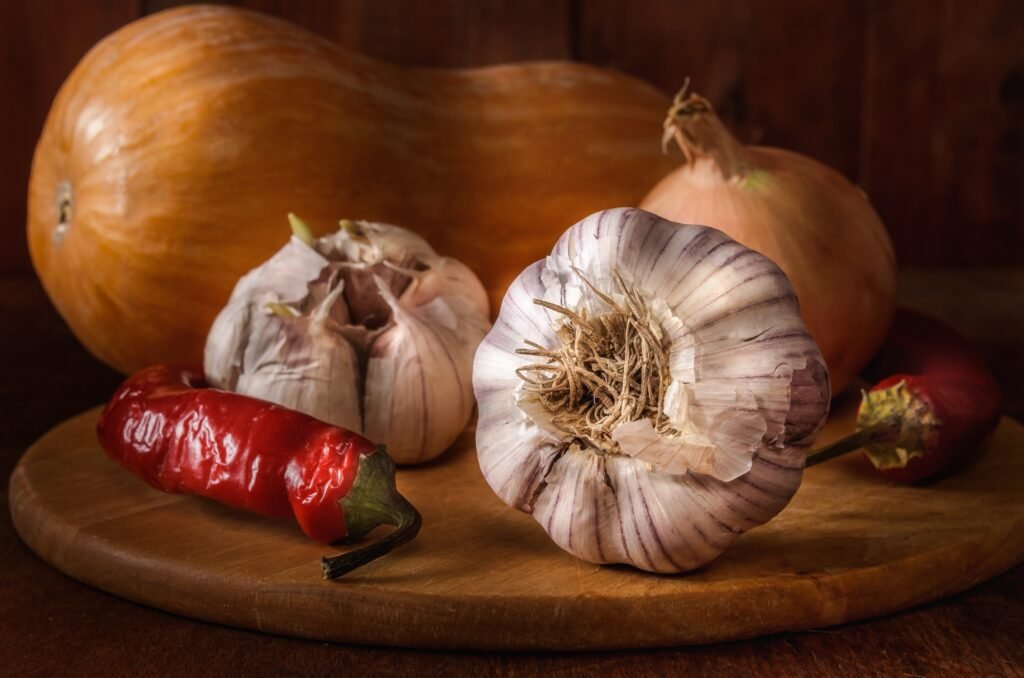
_画板-1-scaled-1-e1752487707555-300x245.png)
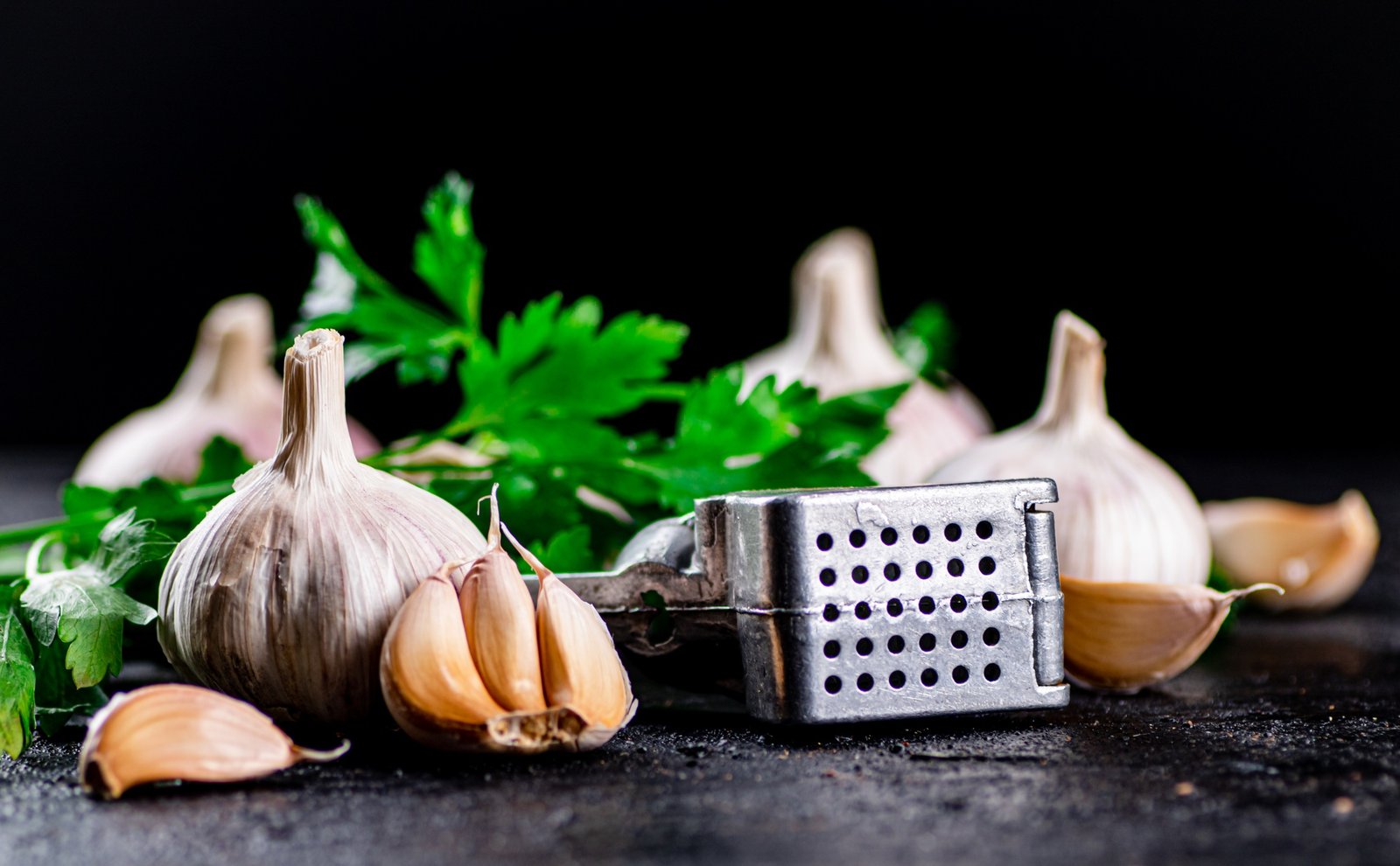
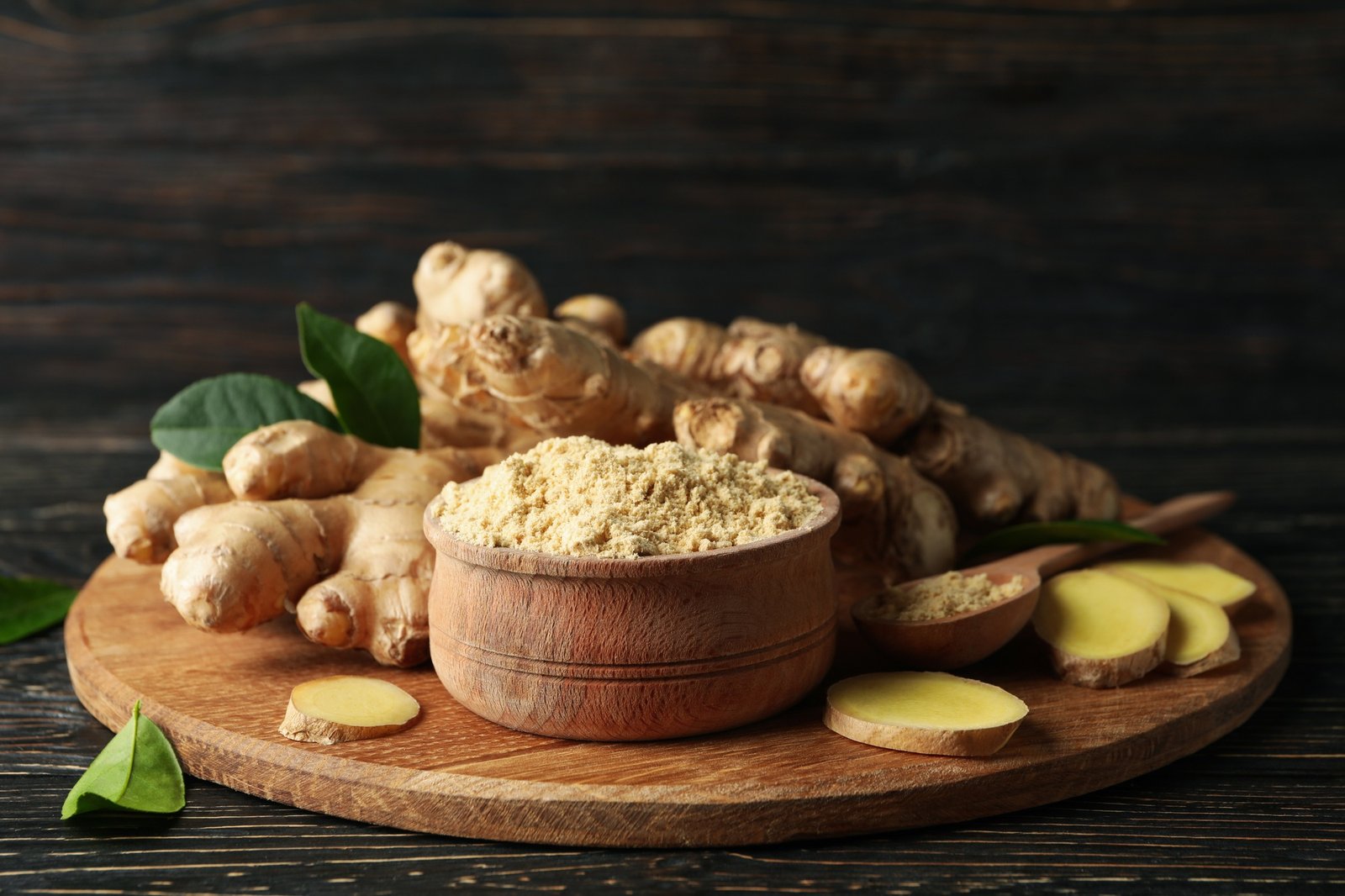
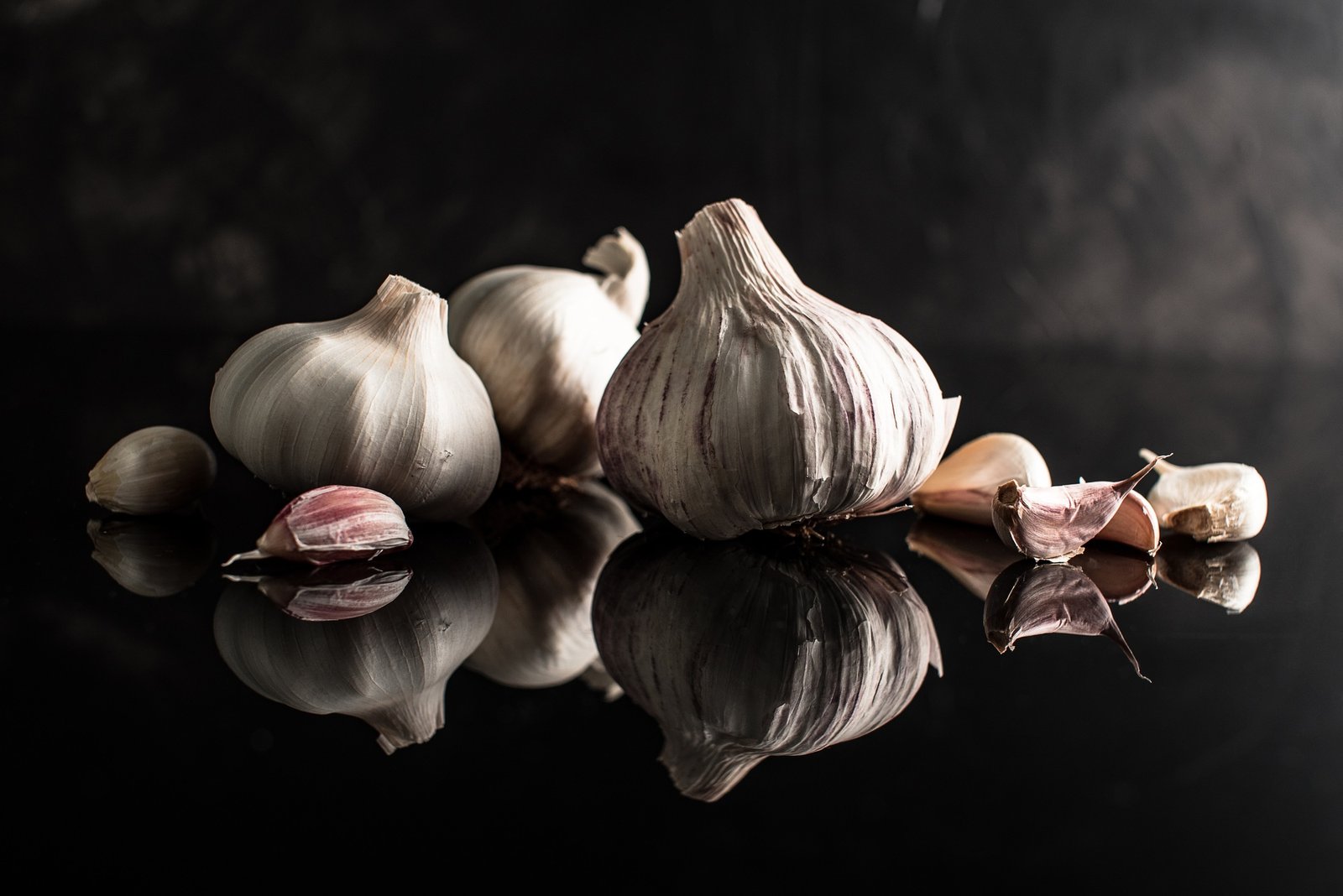
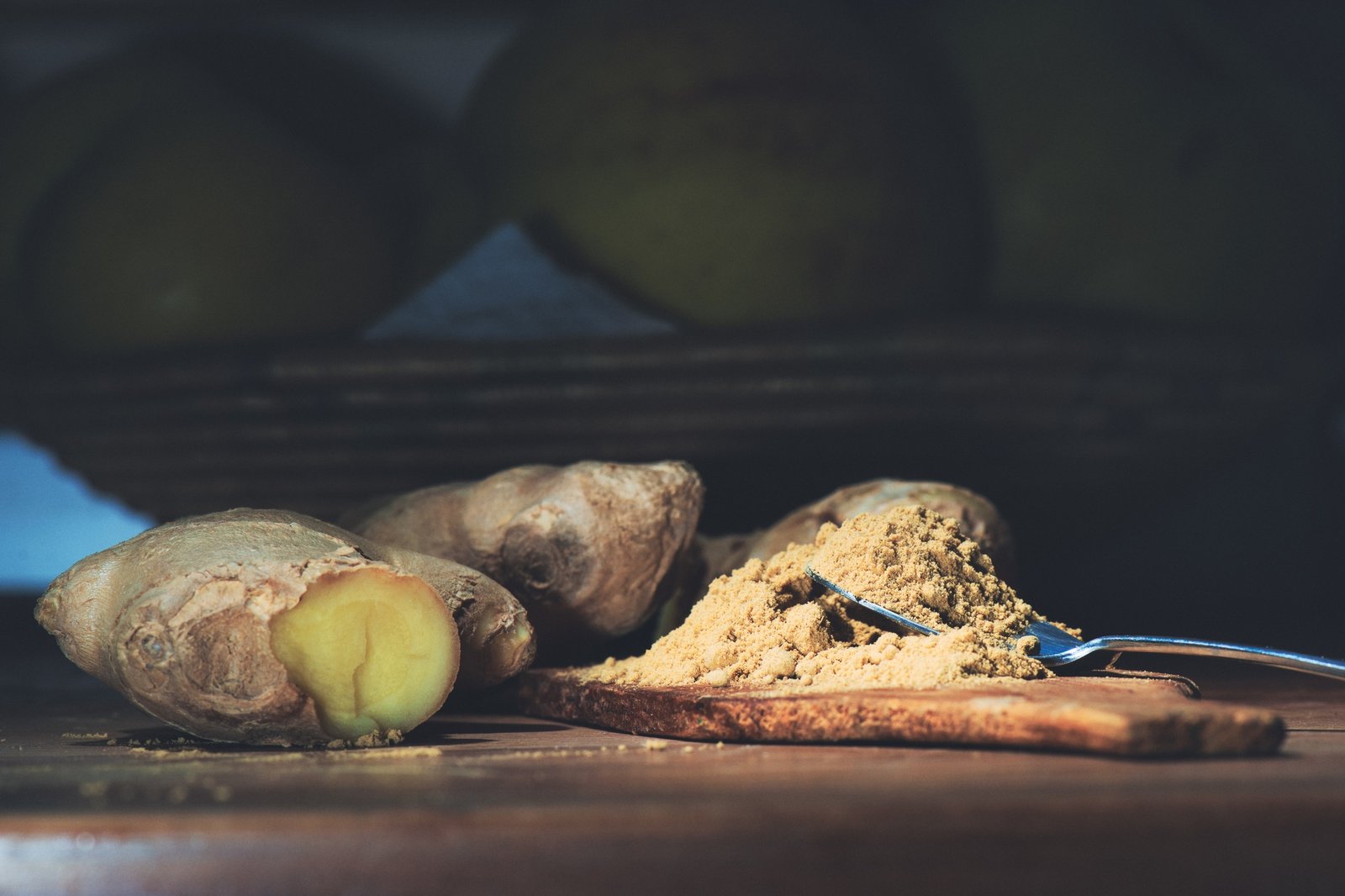
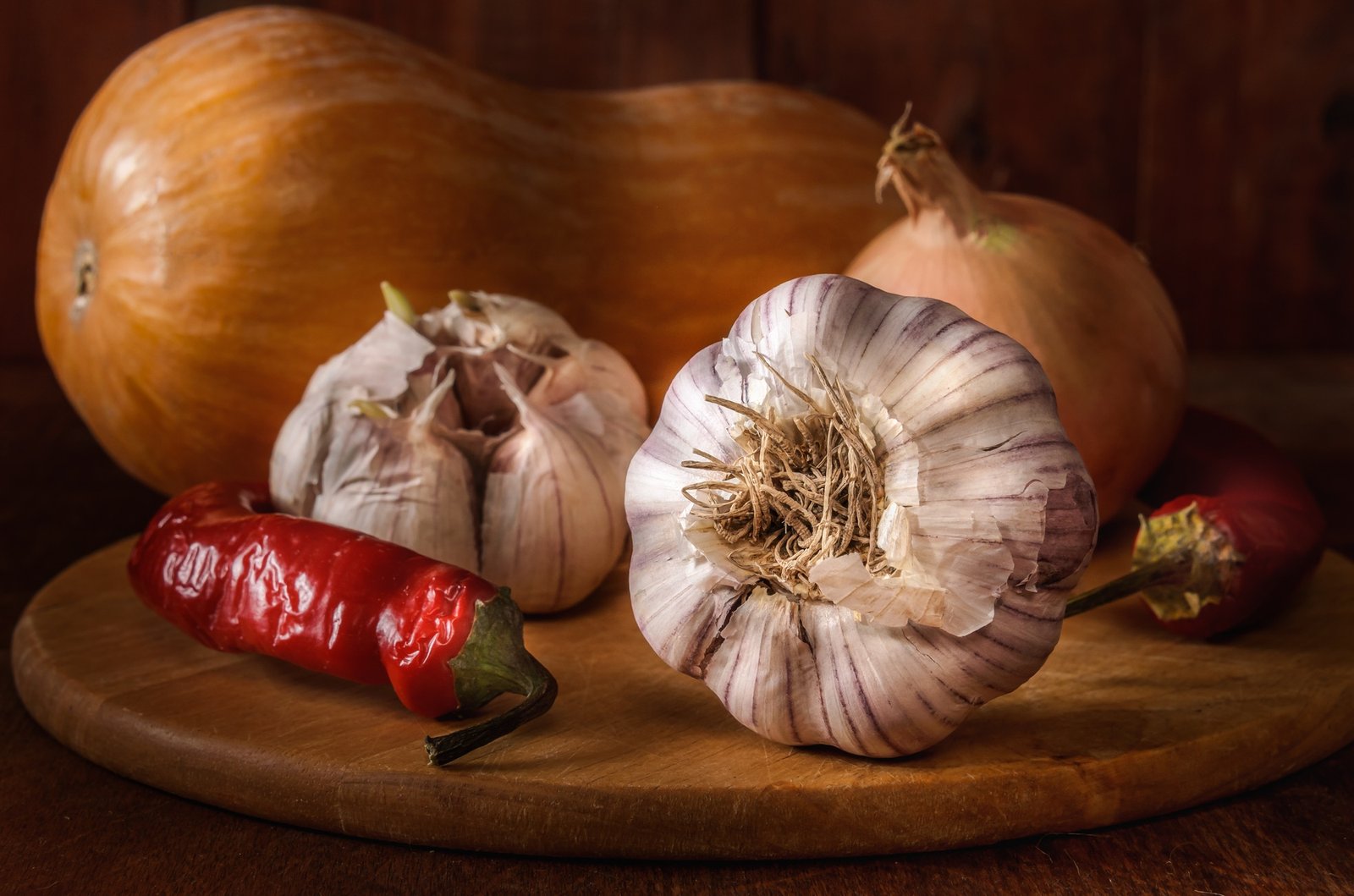

_画板-1-scaled-1-e1752487707555-r8qq581yri718q8whu8401blt9qn6hxzjumknhrdlq.png)